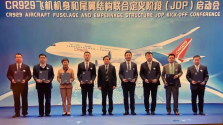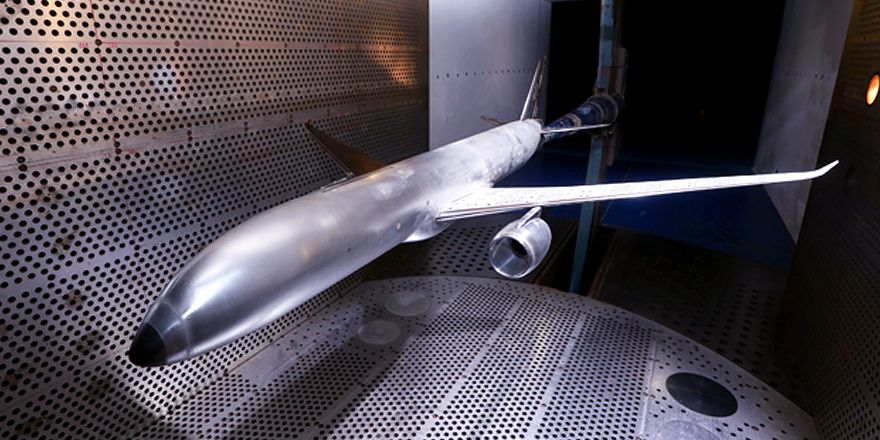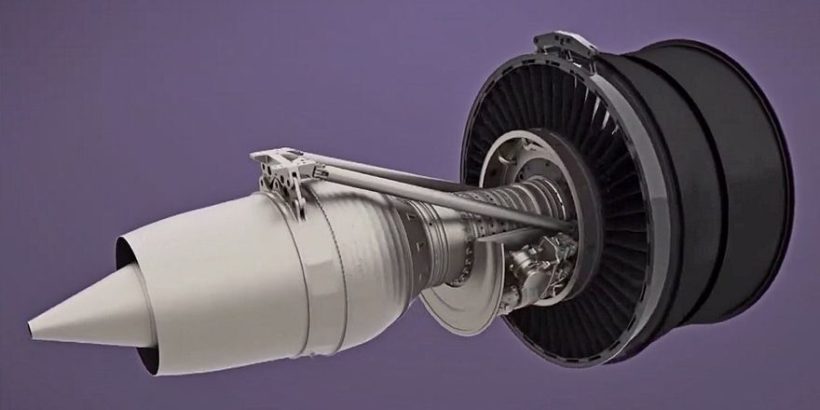UEC will test the gas generator of the PD-35 engine in September 2021
19.04.2021
"UEC-Perm Motors" and "UEC-Aviadvigatel" plan to test the gas generator of the PD-35 engine in September 2021, according to the Telegram channel of the MAKS air show with reference to the Managing Director - General Designer of JSC "UEC-Aviadvigatel" Alexander Inozemtsev.
“This year we will assemble and test the PD-35 gas generator in September. This is the "heart" of the engine, it is 70% of the technical and technological problems that can be detected during testing” he said.
Accounting the work that has been done by the enterprise over a decade in the development of the PD-14 engine, Alexander Inozemtsev noted that with regards to the PD-35 this is only half the way. “Now we have to go through another stage and create the next generation of technologies that will allow us to compete with the Americans and the British in high-thrust engines,” added the general designer.
During this year, UEC will also test PD-35 engine parts made of domestic composites, including a fan blade made of polymer composite materials, which will be manufactured using two different methods - using prepreg technology and 3D weaving technology.
In 2022, the first samples of fan rotor blades should be obtained, which can subsequently be used not only on PD-35, but also on an updated version of the PD-14 engine, as well as in the interests of third-party customers.
In the future, on the basis of PD-35, it is planned to create a family of aircraft engines of various thrust up to 50 tons.
The start of ground tests of the PD-35 engine is scheduled for mid-2023. The start of flight tests at the flying laboratory is scheduled for 2025. The type certificate for PD-35 is planned to be obtained in 2027.
In 2016, Alexander Inozemtsev reported that the total investment in the PD-35 project is 180 billion rubles.
Serial production of the engine should be launched in 2028.
Development of PD-35 is one of the most ambitious projects in the Russian aircraft industry. In addition to the UEC and UAC enterprises, almost all leading Russian research centers are involved in the work. In particular, the All-Russian Research Institute of Aviation Materials will help developers create new materials. TsAGI will conduct research that will allow you to choose the optimal shape for engine nacelles and pylons, the Institute of Applied Mechanics will assist Aviadvigatel in physical and mathematical modeling and research in the field of mechanics.





